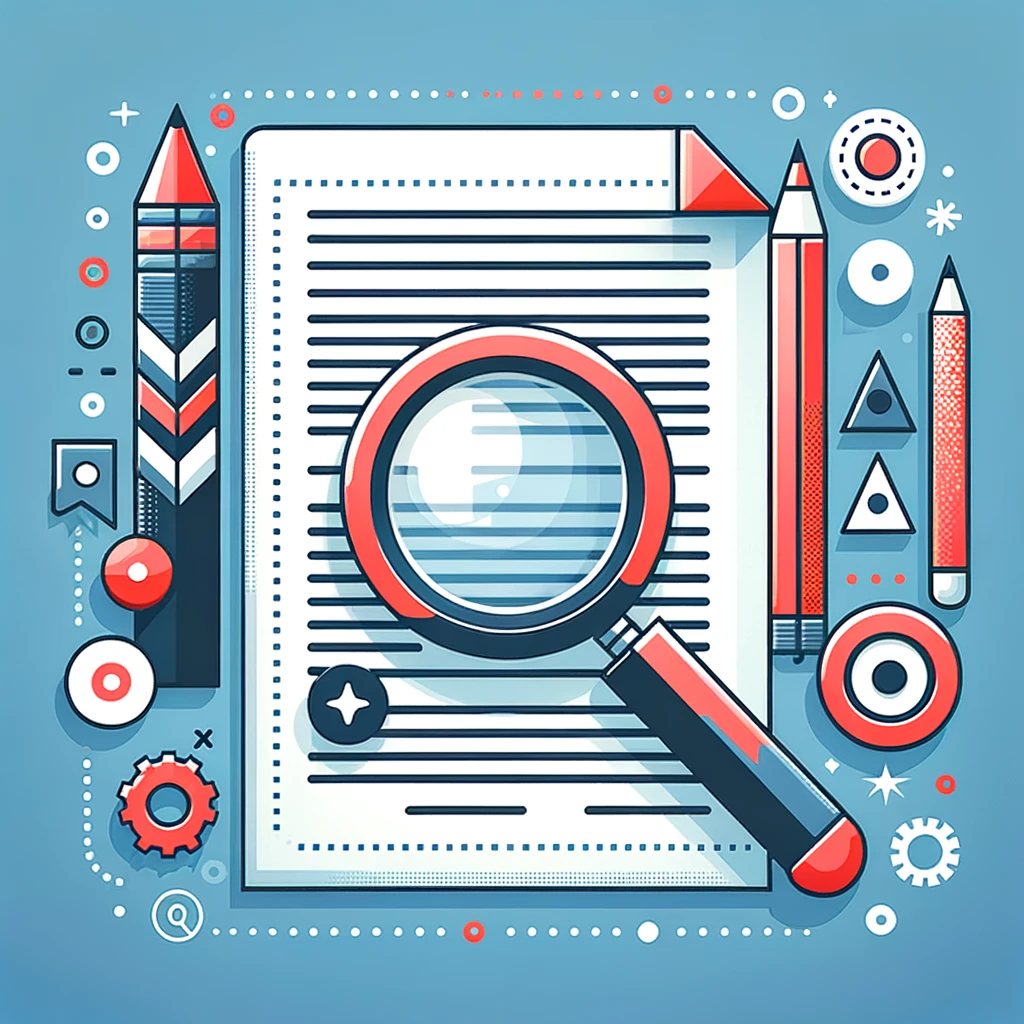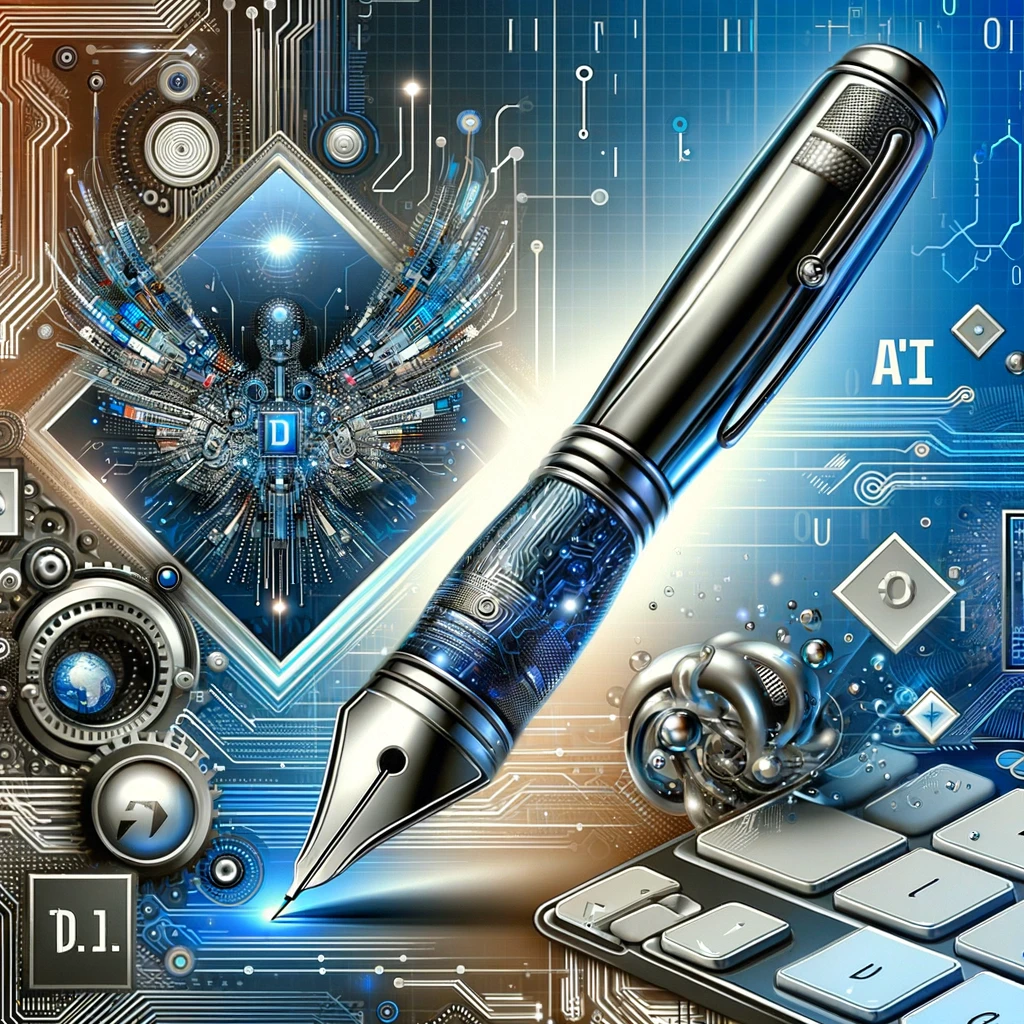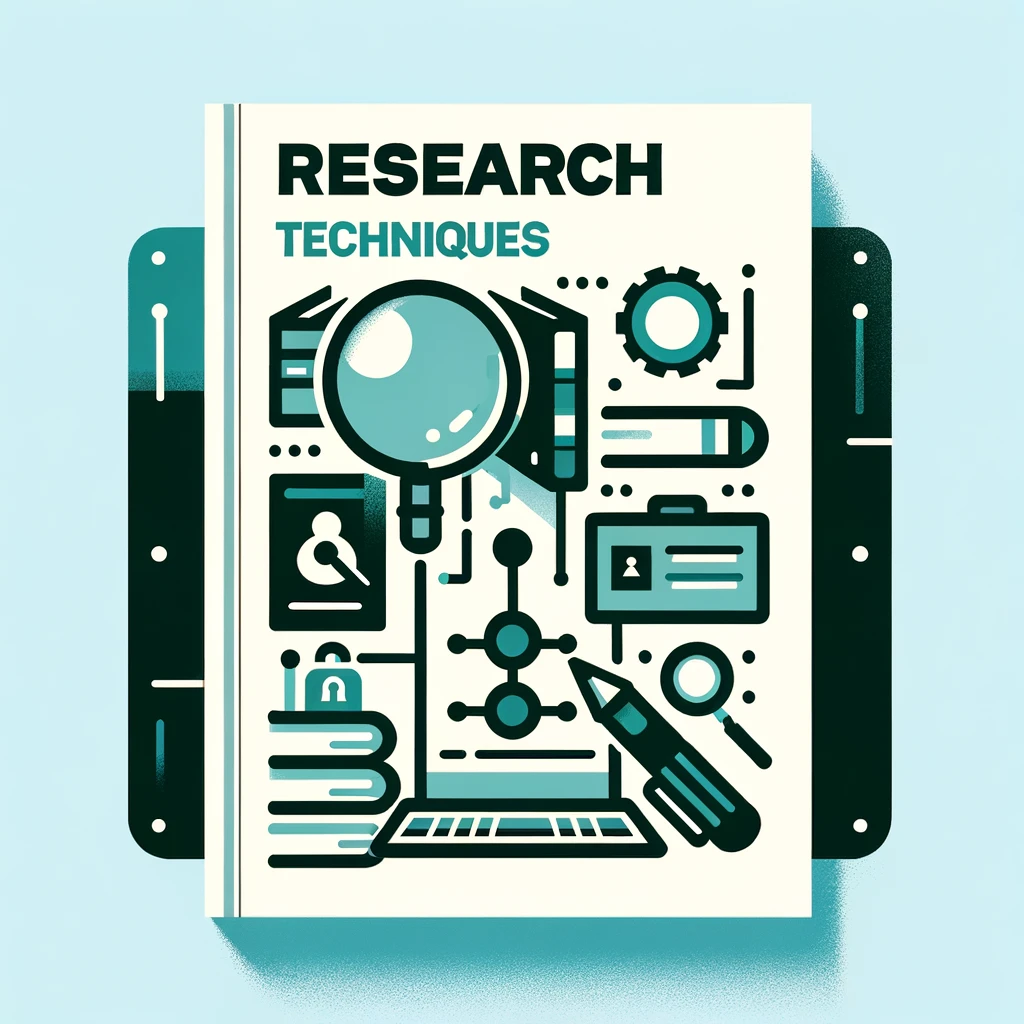
In the meticulous world of technical writing, the creation of a document is only the first step. The process of editing and revising is equally crucial, ensuring that the final product is not only accurate and informative but also clear and accessible. This article will explore the importance of editing and revising in technical writing, delving into effective techniques, common pitfalls to avoid, and tools that can aid in the process.
Techniques for Self-Editing and Peer Reviews
Editing and revising can be approached in two primary ways: self-editing and peer reviews. Both are integral to the process of refining a technical document.
Self-Editing
- Take a Break: After finishing the initial draft, take a break before starting to edit. This helps to return to the text with a fresh perspective.
- Read Aloud: Reading the document aloud can highlight issues with flow, clarity, and sentence structure.
- Check for Clarity: Ensure that technical terms are explained and that the document is understandable to the intended audience.
- Consistency Check: Verify consistent use of terms, formats, and styles throughout the document.
Peer Reviews
- Objective Feedback: Getting feedback from colleagues can provide new insights and identify issues you may have overlooked.
- Diverse Perspectives: Reviewers from different backgrounds can ensure the document is comprehensible to a broader audience.
- Technical Accuracy: Especially in technical fields, having subject matter experts review the content can ensure technical accuracy.
Common Pitfalls to Avoid in Technical Writing
Even experienced technical writers can fall prey to certain pitfalls. Being aware of these can help in avoiding them:
- Overuse of Jargon: While technical writing often involves complex subjects, overusing jargon can make the document inaccessible.
- Long Sentences and Paragraphs: Lengthy sentences and paragraphs can make the text dense and difficult to follow.
- Passive Voice Overuse: While sometimes necessary, overusing passive voice can make the text appear impersonal and vague.
- Ignoring the Audience: Failing to consider the audience’s knowledge level can result in a document that is either too simplistic or too complex.
Tools and Software for Editing and Proofreading
Leveraging the right tools and software can significantly enhance the editing process. Some useful tools include:
- Grammar and Style Checkers: Software like Grammarly or Hemingway Editor can help in correcting grammar, punctuation, and style issues.
- Readability Test Tools: Tools like the Readability Test Tool or Readable can assess the document’s readability score, ensuring it matches the target audience’s comprehension level.
- Plagiarism Checkers: Ensuring originality is crucial, and tools like Turnitin or Copyscape can help verify that the content is plagiarism-free.
- Technical Writing Software: Software like MadCap Flare or Adobe FrameMaker, specifically designed for technical writers, offers advanced features for editing and formatting technical documents.
Conclusion
Editing and revising are critical stages in the process of technical writing. They ensure that the document is not only free from errors but also clear, concise, and tailored to the audience’s needs. By effectively applying self-editing techniques, engaging in thorough peer reviews, being aware of common pitfalls, and utilizing appropriate tools, technical writers can significantly elevate the quality of their documents. Remember, a well-edited technical document not only conveys information but also enhances the reader’s understanding and engagement.



